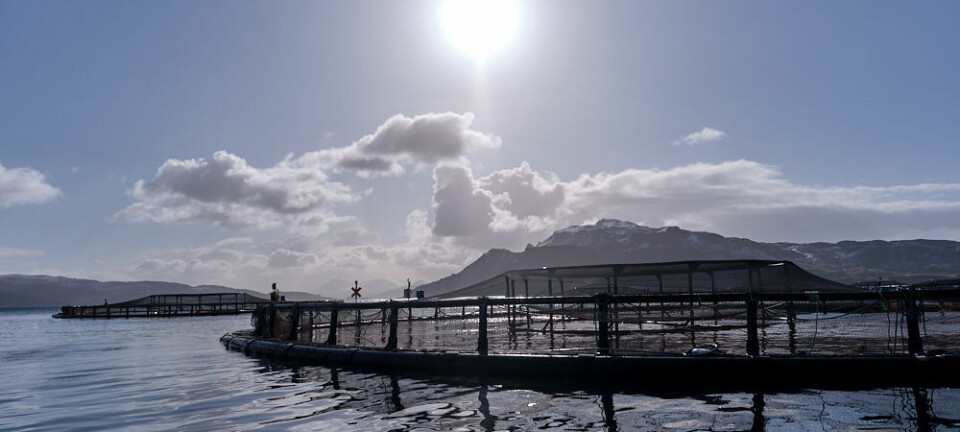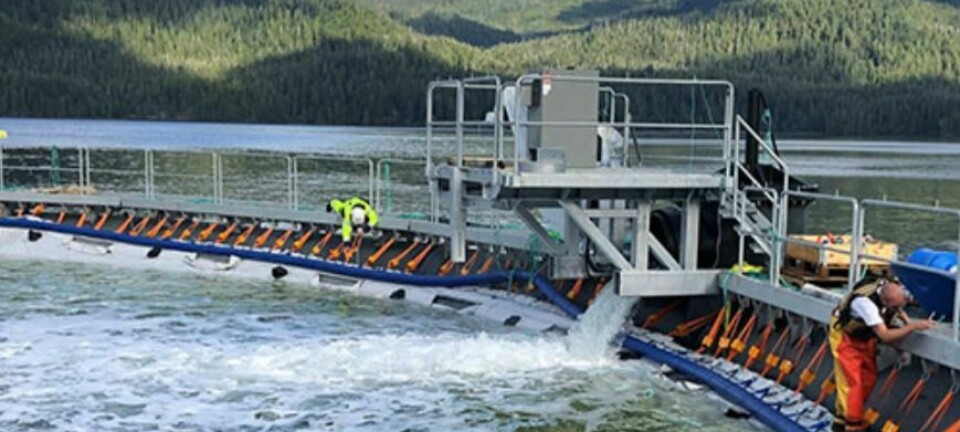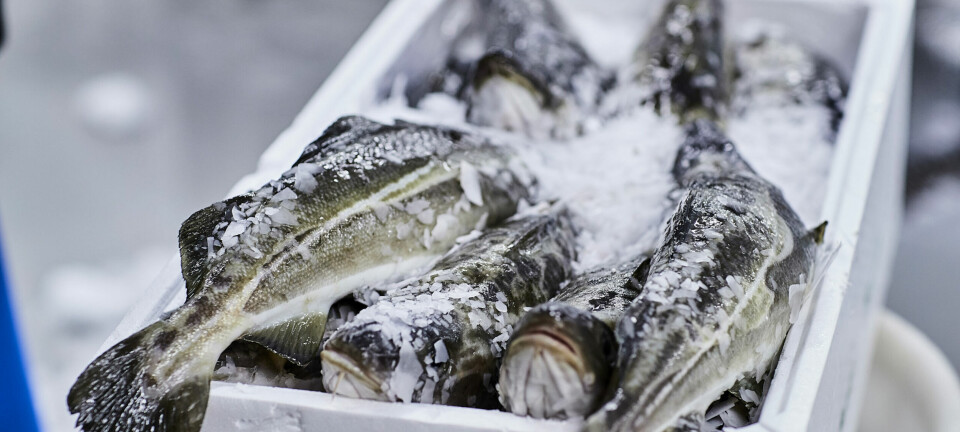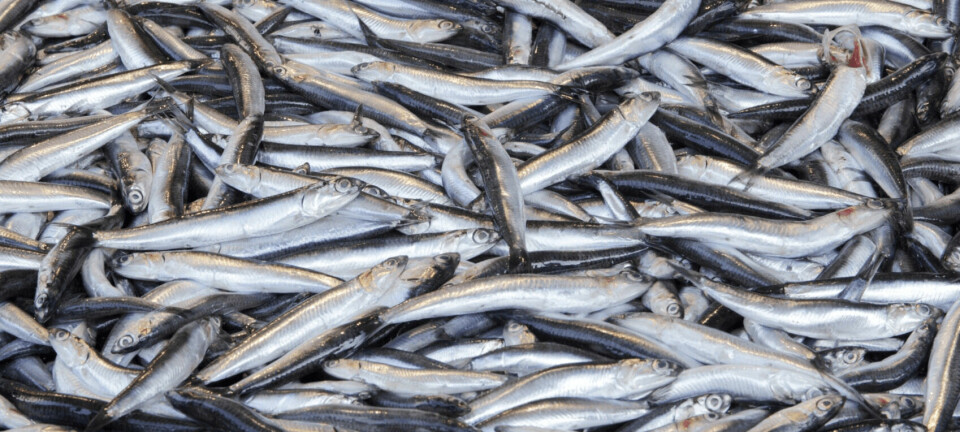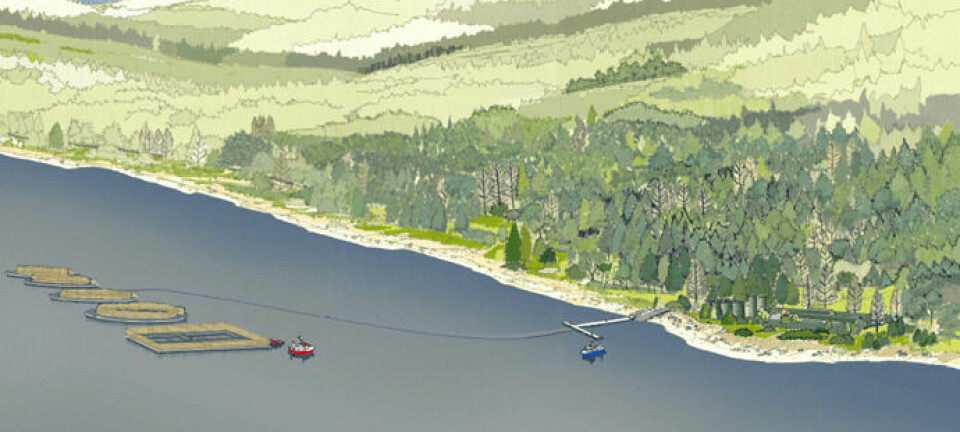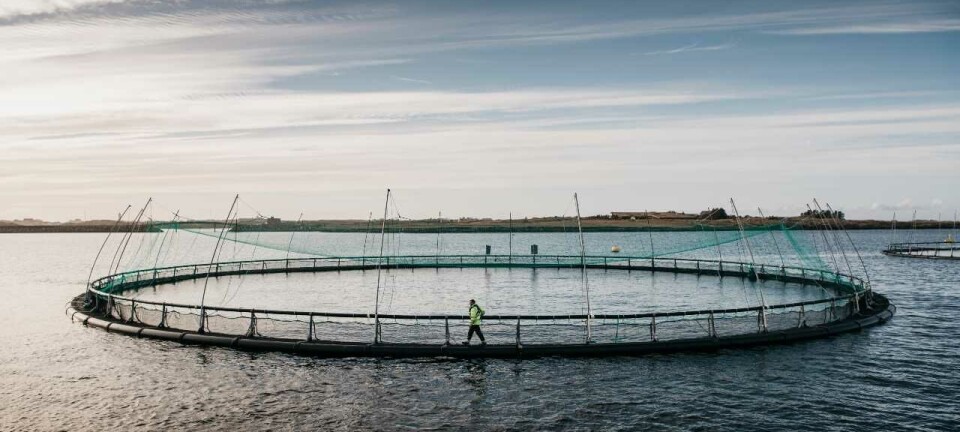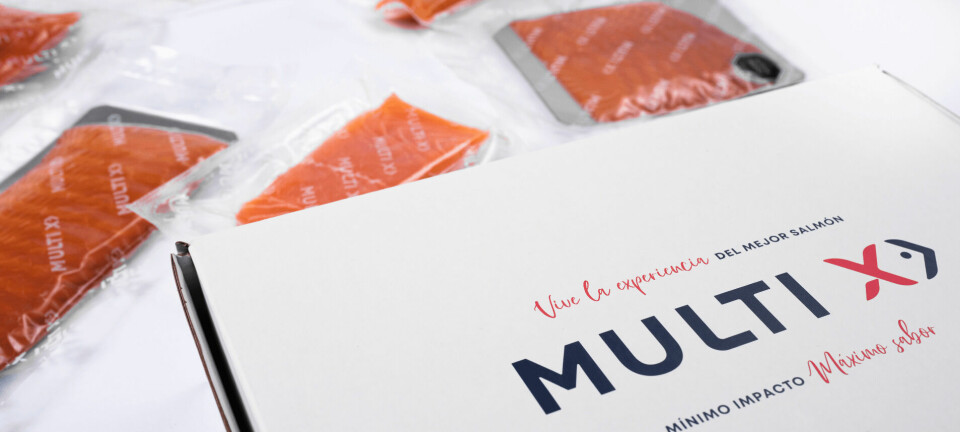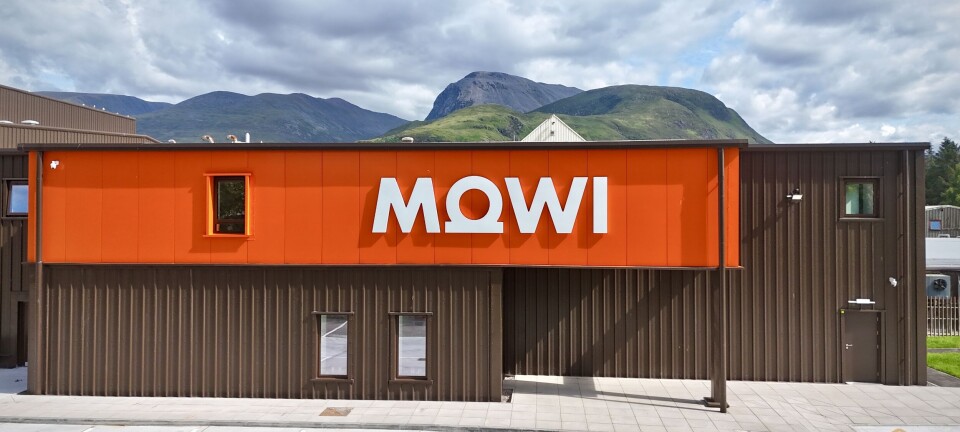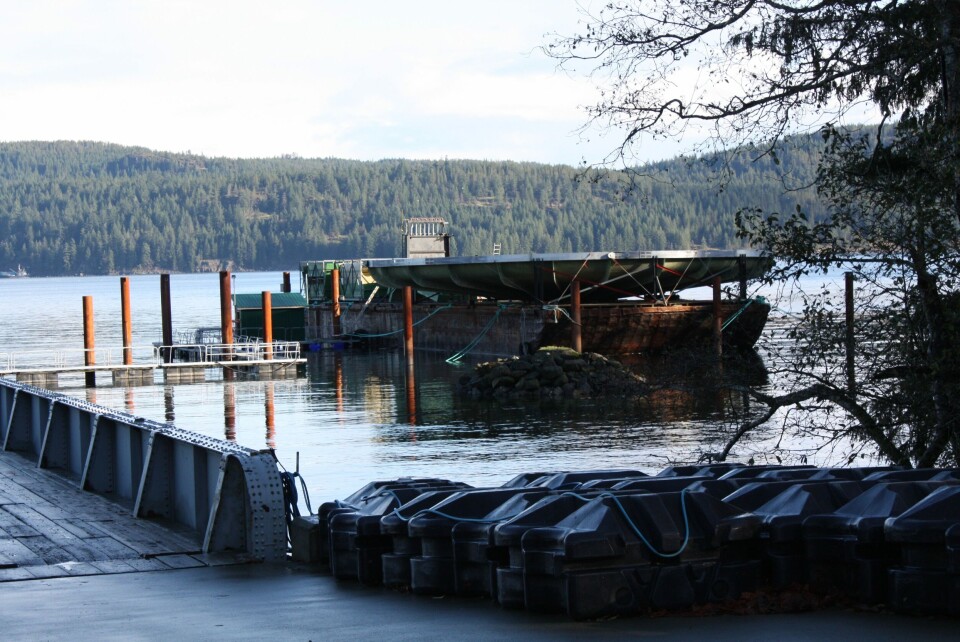
Closed containment salmon farming unlikely to be viable
All of the many environmental groups that have an opinion about conventional salmon farming in Canada- and there are plenty of them in British Columbia- have for a long time been trying to force the industry into some form of closed containment technology, without specifying what these systems would look like. Now they can get down to basics with the material produced in a report provided by the Department of Fisheries and Oceans DFO). None of the "consulted experts" listed in this report were current managers of aquaculture companies. But the fact remains- you are unlikely to be able to generate a profit using any of these systems- even after using a highly inflated feed conversion rate.
DFO started its formal investigation into closed containment technology by organizing a three day workshop held in Sidney on Vancouver Island in January, 2008. A number of international speakers made presentation about the various types of potential closed containment salmon farming systems. The process followed the protocols of the Canadian Science Advisory Secretariat, which is used by DFO to get advice on various issues.
A report entitled: “DFO, 2008. Potential Technologies for Closed-containment Saltwater Salmon Aquaculture. DFO Can. Sci. Advis. Sec. Sci. Advis. Rep. 2008/000” was published following this workshop, which looked at the following systems with respect to engineering, fish health, waste management, energy use and other parameters; 1 Conventional 12 unit net pen operation was used as a base line for all other comparisons. 2A The Mariculture Systems SARGO fish-rearing unit, confined rigid, flow-through, no aeration 2B As above but with in-tank aeration 2C As above but with liquid oxygen injection 3 Future SEA SEA System bags, flexible, flow through, liquid oxygen 4A Land-based systems flow through, with aeration, on grade 4B As above but with tanks installed below grade 4C As above but with liquid oxygen 4D As above but with mechanical filtration added to concentrate wastes 4E Land-based 98% recirculation system based on AquaOptima design The new DFO report focused on a more detailed financial evaluation of the various systems, and “To begin the study, DFO conducted a preliminary financial assessment of all technology types identified by CSAS. The results indicated that only two of them—net pen and recirculating aquaculture systems (RAS)—were likely to show positive returns”. The RAS system showed a marginal return after three years of operation of 4% on an investment of some CAD$ 22.6 million- even after being given a favourable and perhaps unrealistic Biological Feed Conversion Rate (FCR) of 1.05 and twice the density of a typical net pen farm. In comparison, a conventional net pen operation with an initial investment of CAD 5 million would show a return of 52%, with a FCR of 1.27.
The report suggested that a system using rigid, floating ocean tanks to produce the 2,500 tonnes per cycle of Atlantic salmon would show a negative return of between -2 and -10%. This doesn’t bode well for the newly delivered tank for AgriMarine, Inc., which is installing such a system north of Campbell River these days, although they are using a larger tank and Pacific salmon. A request sent to the company for an interview by FishfarmingXpert has not been responded to. A recent non-brokered private placement is expected to raise CAD 3 million in investments.
A more in-depth description of the report will be provided in a future version of the FishfarmingXpert magazine.


























